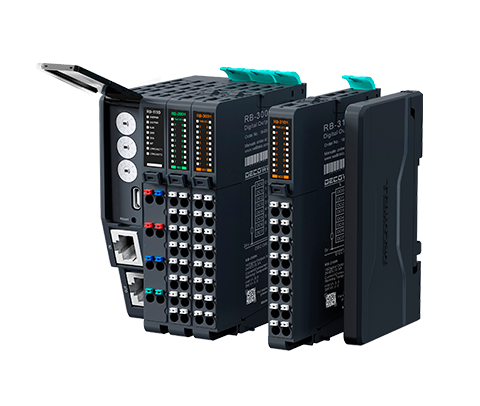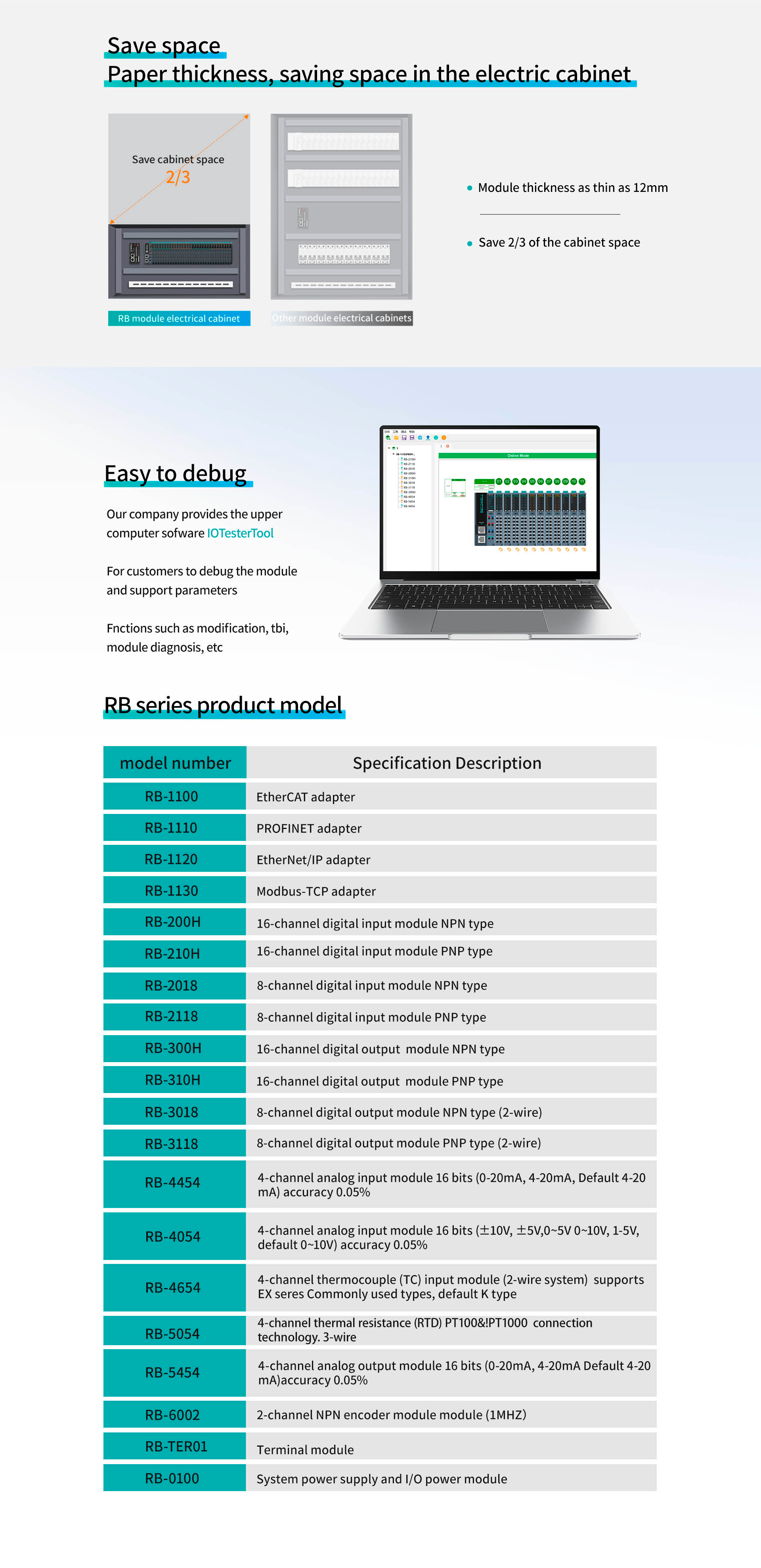Introduction: The Dilemma of Limited I/O Ports
Imagine this: you’re in the middle of an exciting project—devices to connect, data to transfer—but wait! Your microcontroller has run out of available I/O ports. This scenario is more common than you’d think, leaving many tech enthusiasts and developers scratching their heads. Enter the io expander, a trusty ally in overcoming this limitation. Whether you’re building an innovative piece of hardware or integrating multiple sensors, the io expander can breathe new life into your designs. Why struggle with inadequate ports when a simple solution exists that could enhance your functionality?

Body: Exploring IO Expanders’ Potential
Traditional Solution Flaws
When it comes to adding extra I/O capabilities, most people rely on multiplexers or additional microcontrollers. But here’s the catch—these methods often complicate circuits and increase overall costs. You may find yourself juggling many components, which can be a recipe for confusion and errors. Not the best scenario, is it? That’s where the io expander shines, offering a more straightforward solution without the unnecessary clutter.

New Technology Principles
The io expander works on a simple principle: it communicates with your microcontroller via I2C, SPI, or GPIO interfaces, allowing for seamless connectivity. These devices can add multiple I/O ports with minimal overhead, streamlining your design while maintaining performance. Think of it as the bridge between your microcontroller’s limitations and your creative aspirations. With advancements in digital signal processing, the possibilities are virtually limitless.
Quantified User Benefits
By incorporating an io expander into your setup, you’re not just adding pins—you’re enhancing functionality and efficiency. Users have reported up to a 50% reduction in circuit complexity and significant time savings in development. Imagine completing your project faster—less frustration, higher productivity! Plus, these expanders often come with features like interrupt handling and built-in pull-up resistors, making them a compelling choice for both seasoned engineers and hobbyists.
Conclusion: Evaluating Your Options
When considering an io expander for your next project, always verify these three metrics: ① Compatibility with your microcontroller ② I/O port count and functionality ③ Response time and power efficiency. Adopting the right tools can turn projects from ideation to realization. Don’t get trapped by insufficient I/O—embrace the io expander for your next big idea!
Diving Deeper: IO Port Expanders
When discussing expansion solutions, the io port expander is a game-changer in modern electronics. By offering a range of additional ports, this device allows for easier management and connection of various components. Whether you’re looking to add multiple sensors or control multiple outputs, io port expanders simplify the entire process. Users can easily integrate these into their existing systems, bridging the gap between hardware and software seamlessly.
Emphasizing Versatility: Digital IO Expanders
Looking for a flexible solution in a digital world? The digital io expander stands out as a reliable choice for many engineers today. It utilizes advanced protocols to allow microcontrollers seamless communication without the hassle of extensive wiring. This approach is not only efficient but also significantly minimizes potential errors. Ultimately, adaptability is key; these digital solutions can suit various applications, from robotics to automation systems.
Conclusion: Why Choose DECOWELL?
In the realm of io expanders, choosing a reliable manufacturer can significantly impact your project’s success. That’s why it’s worth considering DECOWELL as your go-to brand. With their track record of quality supply and innovative solutions, you’ll find the perfect products to meet your project needs. Don’t just expand—elevate your designs with DECOWELL!
